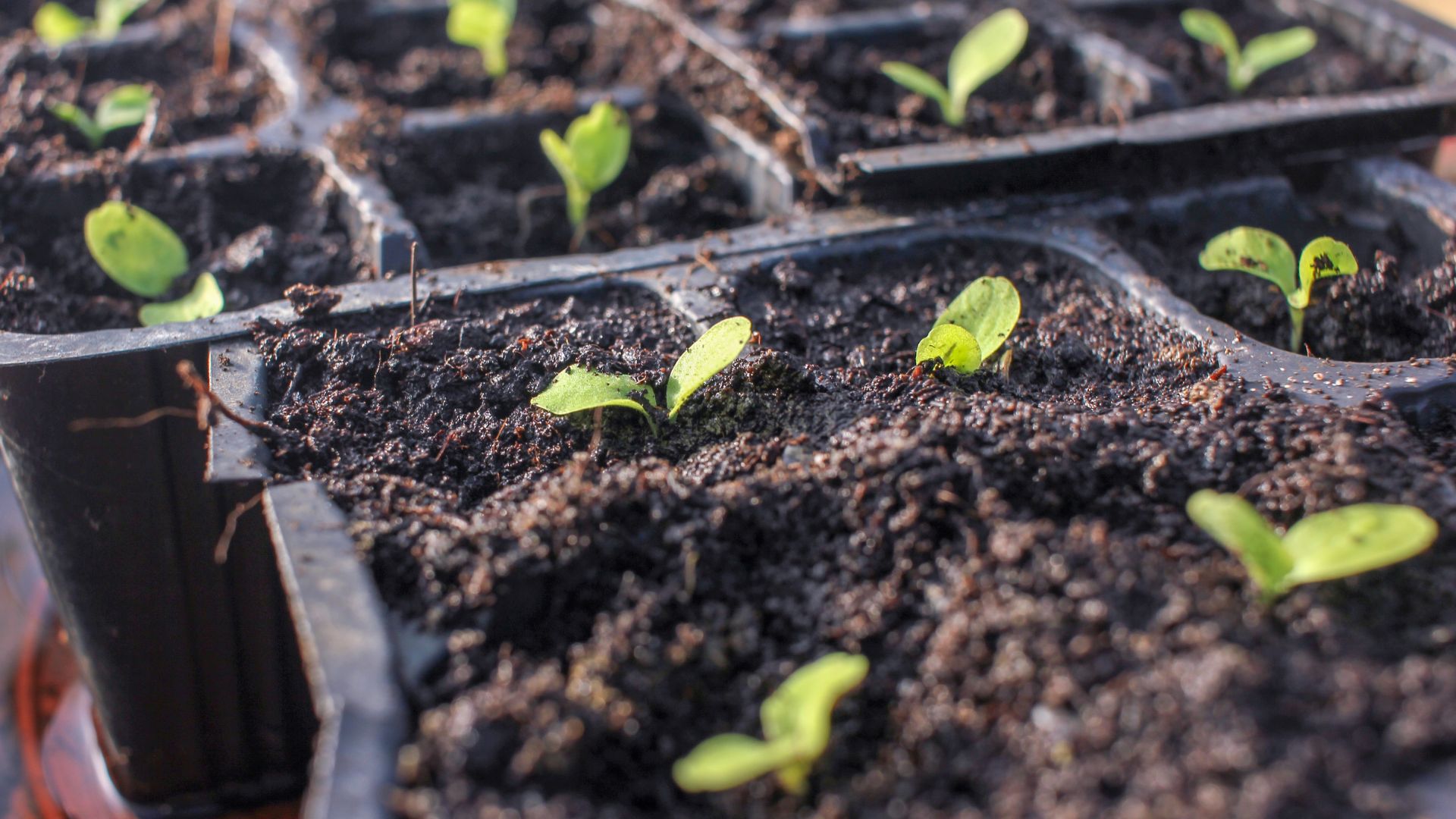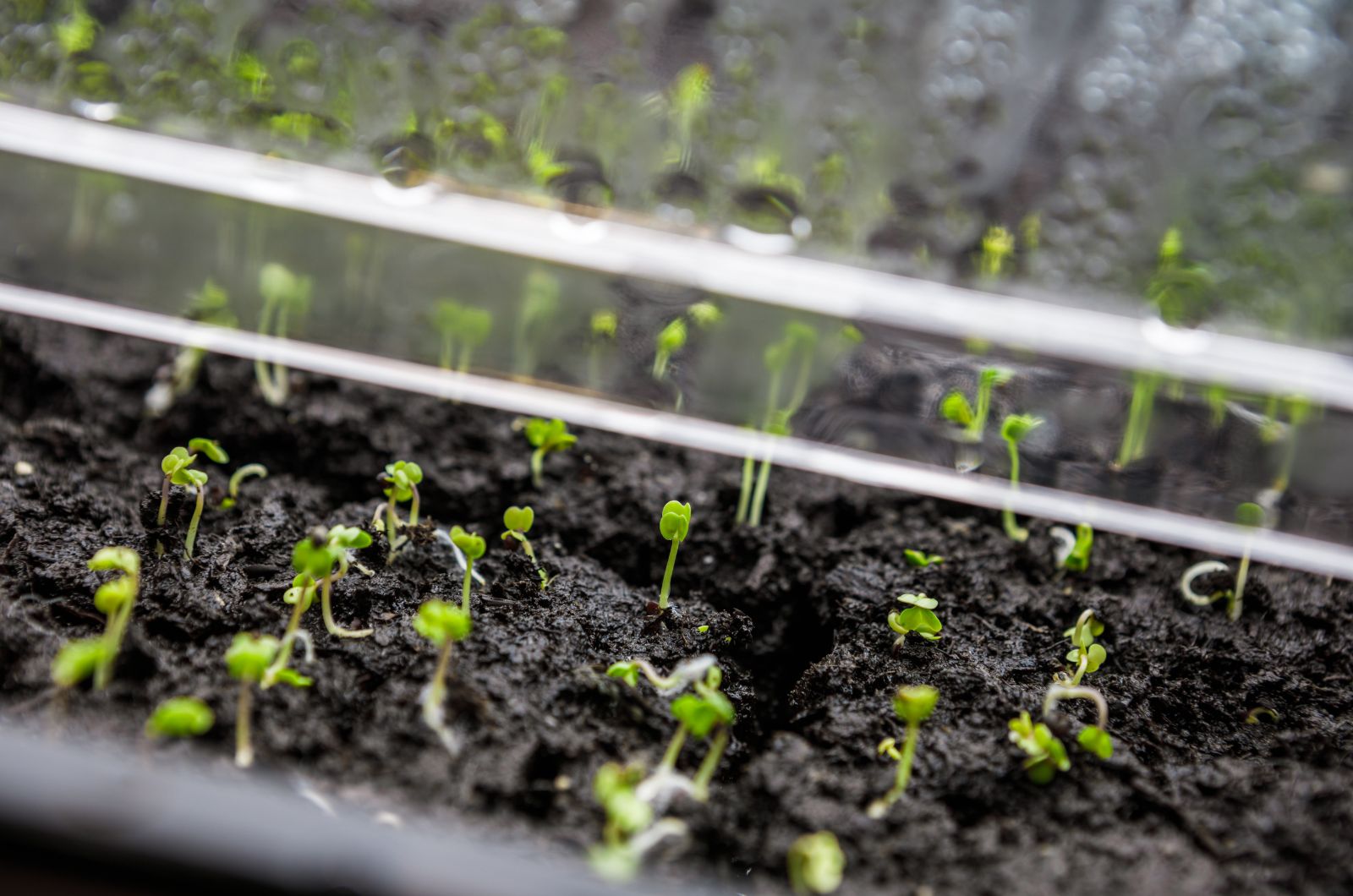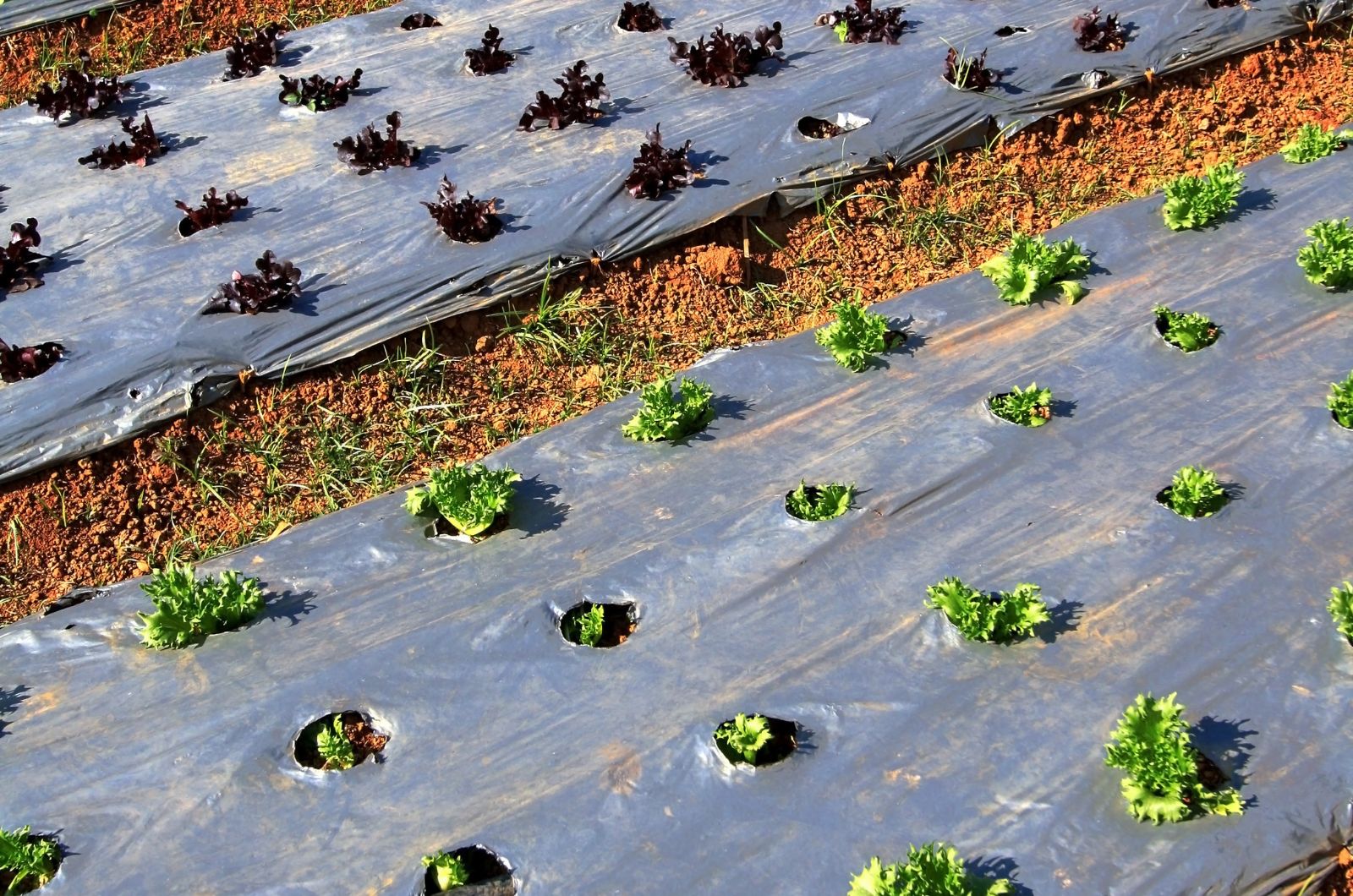Many gardeners start their plants from store-bought transplants, but nothing beats that feeling when you grow your plants from seeds. Watching the entire process is simply incomparable, plus seeds cost less than transplants.
However, this technique comes with challenges, and the only way to get your seeds to germinate is by ensuring the best possible conditions.
A lot of growers, especially beginners, forget one thing when starting seeds, and this mistake leads to poor germination!
Big Mistake When Starting Seeds
The most important factor that affects seed germination is temperature. Keeping seeds warm enough is crucial for encouraging new growth.
I have to mention that the correct temperature mainly depends on the type of seed you’re starting.
A rule of thumb is to maintain temperatures around seeds between 68 and 86 degrees Fahrenheit, but the best method is to read the instructions on the label of the seed package.
Once the seeds display new growth, it’s essential to decrease the temperature by about 10 degrees.
The thing is that the temperature for germination refers to the soil temperature, not air. The best technique is to use a soil thermometer for this purpose. It will provide you with the exact temperature and you can adjust it according to readings.
It’s essential to monitor the temperature in different spots in your planting site, especially if it’s large.
Simply put the thermometer in the growing substrate approximately an inch below the soil line. I recommend writing down the readings and entering the time and date.
Repeat the process a few times a day but never measure temperature in direct sunlight.
Tips For Increasing Temperature Around Seeds
Ensuring the right temperature is crucial for both indoor and outdoor-started seeds. If you need to increase it, there are a few excellent methods to use.
The first one refers to outdoor planting, and the best technique is to find a location in your garden that receives a lot of sunlight.
Clear or black plastic mulch is a lifesaver in this case because it absorbs the sun and increases temperatures in the growing substrate.
Mini greenhouses and cold frames are also great for this purpose because they provide the seeds with adequate temperatures and moisture levels.
If you want to keep seeds warm during the day and protect them from night temperatures, you can also use row covers.
Maintaining soil temperatures for indoor-started seeds may be tricky, but the easiest way to do it is by using heat mats. You can purchase heat mats based on their size and, of course, the price.
Growers typically put their seed trays near sunny windows, but this may not be the approach, especially if they are drafty. It will do more harm than good to your seeds.
Opt for putting your seeds in a warm room in your household, and if it doesn’t receive enough light, you should install artificial lights.



